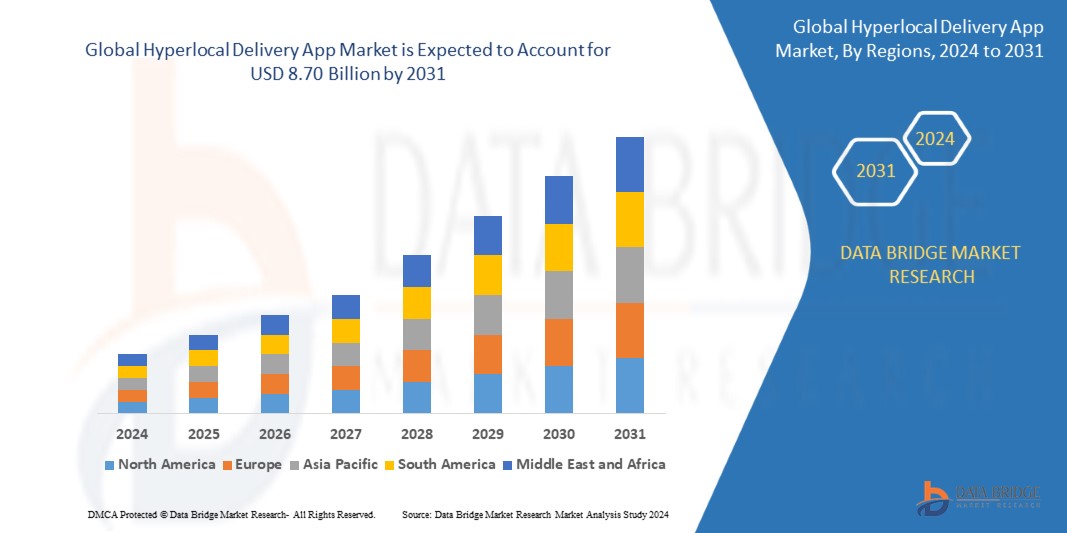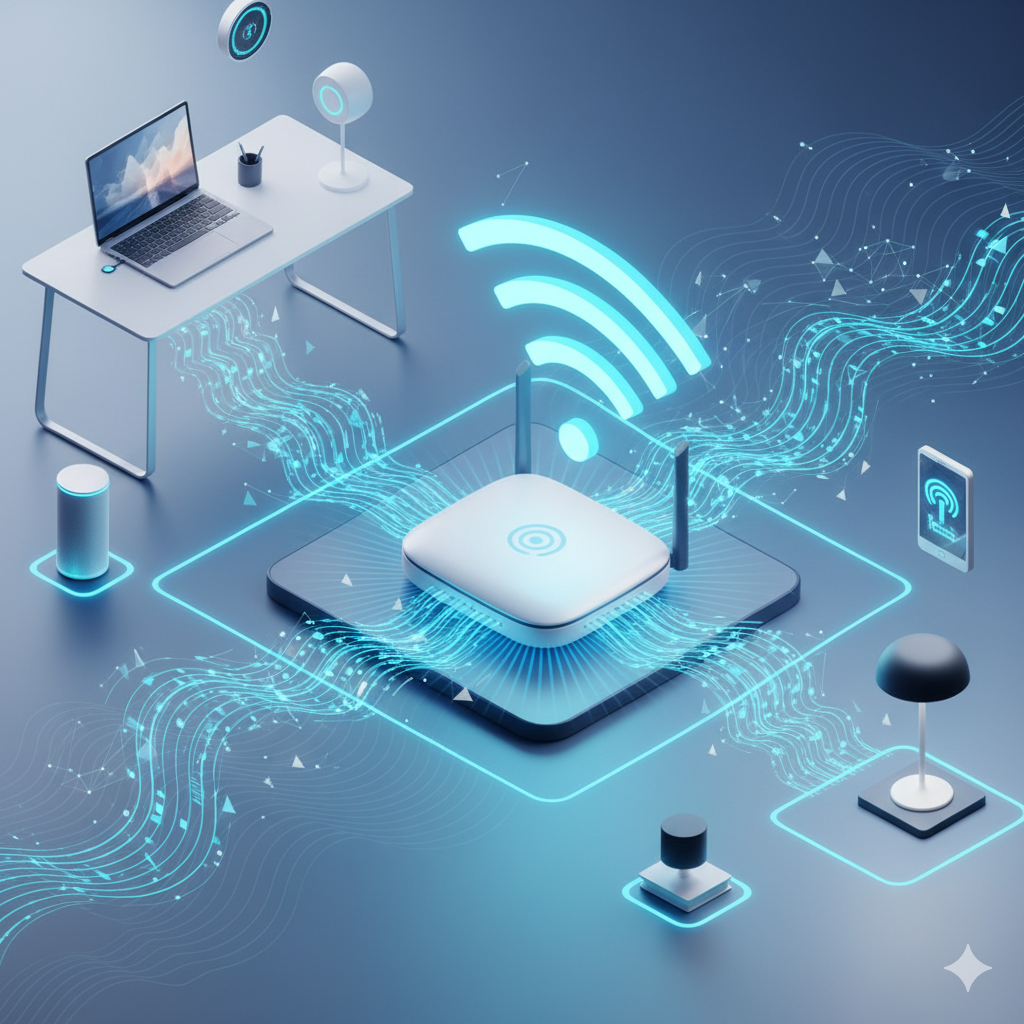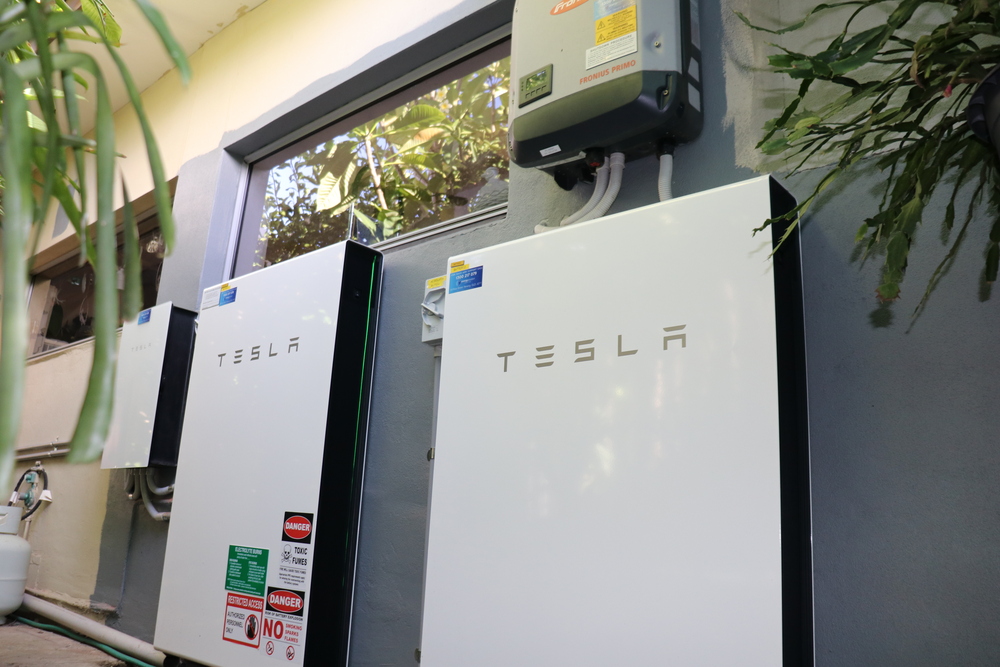Introduction
The rapid growth of e-commerce and on-demand services has led to the rise of hyperlocal delivery apps, which provide customers with quick and efficient access to goods and services within a specific geographical area. However, managing deliveries in real-time while maintaining cost-effectiveness and customer satisfaction can be challenging. Artificial Intelligence (AI) and automation are transforming hyperlocal delivery services by optimizing logistics, enhancing user experience, and improving overall operational efficiency. This article explores how AI and automation are reshaping the hyperlocal delivery ecosystem.
Definition
A Hyperlocal Delivery App is a digital platform that connects local businesses, such as grocery stores, restaurants, pharmacies, and couriers, with nearby customers for fast and efficient on-demand deliveries. It operates within a limited geographic area, typically a city or neighborhood, leveraging GPS and real-time tracking to optimize delivery times. These apps cater to the growing demand for instant services, enabling users to receive products quickly while supporting local economies.
AI-Powered Route Optimization
One of the biggest challenges for hyperlocal delivery services is ensuring timely deliveries while minimizing operational costs. AI-powered route optimization plays a crucial role in achieving this by analyzing real-time traffic conditions, weather patterns, and delivery locations. Machine learning algorithms can dynamically adjust routes to avoid congestion and reduce fuel consumption. By integrating AI-driven navigation systems, delivery apps can ensure that drivers take the most efficient path, reducing delays and improving service reliability.
Predictive Analytics for Demand Forecasting
Predictive analytics, powered by AI, enables hyperlocal delivery platforms to anticipate demand trends based on historical data, customer behavior, and external factors such as seasonal demand spikes. This helps businesses manage inventory levels efficiently, allocate resources effectively, and prevent overstocking or stockouts. By understanding demand patterns, hyperlocal delivery services can optimize workforce management, ensuring that enough delivery personnel are available during peak hours while reducing operational costs during low-demand periods.
AI-Enabled Chatbots for Customer Support
Customer support is a critical aspect of any hyperlocal delivery app. AI-driven chatbots are enhancing customer service by providing instant responses to queries, resolving issues, and guiding users through the app’s features. Natural Language Processing (NLP) is used by these chatbots to comprehend user intent and deliver precise answers. By automating customer interactions, businesses can reduce response times, improve customer satisfaction, and free up human agents to handle more complex queries.
Automated Order Management and Processing
AI and automation are streamlining order management processes by reducing manual intervention and human errors. Automated order processing systems verify orders, update inventory in real-time, and notify delivery personnel about pick-up and drop-off locations. This minimizes delays and ensures a smooth fulfillment process. Additionally, AI-powered fraud detection systems can identify suspicious transactions and prevent financial losses, enhancing the security of online payments.
Personalized Recommendations and Marketing
AI-powered recommendation engines provide tailored product recommendations by examining user preferences, past purchases, and browsing patterns. This not only enhances user experience but also boosts sales and customer retention. Hyperlocal delivery apps can leverage AI to send targeted promotions, discounts, and customized offers based on user behavior, increasing engagement and revenue generation.
Smart Warehousing and Inventory Management
Automation in warehousing is transforming how hyperlocal delivery services manage their inventory. AI-powered robots and IoT-enabled sensors help track stock levels in real-time, reducing the risk of stockouts and overstocking. Automated sorting and packing systems enhance efficiency, enabling faster dispatch and reduced handling time. By leveraging AI in warehouse management, businesses can optimize space utilization and improve order fulfillment speed.
Autonomous Delivery Vehicles and Drones
The integration of autonomous delivery vehicles and drones is revolutionizing hyperlocal deliveries by reducing dependency on human drivers. AI-driven drones and self-driving robots can navigate urban landscapes, deliver packages quickly, and reduce last-mile delivery costs. Companies like Amazon and Uber Eats are already experimenting with autonomous delivery solutions to enhance efficiency and minimize delivery times. While regulatory challenges remain, the adoption of these technologies is expected to grow in the coming years.
Real-Time Tracking and Transparency
AI-powered real-time tracking systems provide customers with accurate delivery status updates, improving transparency and trust. Hyperlocal delivery apps use GPS and machine learning algorithms to track delivery progress, estimate arrival times, and notify customers about delays. This enhances the overall user experience by keeping customers informed and allowing them to plan accordingly.
Dynamic Pricing and Cost Optimization
AI-driven dynamic pricing models adjust delivery charges based on factors such as demand fluctuations, distance, and delivery urgency. By analyzing real-time data, these models ensure fair pricing for customers while optimizing profitability for service providers. AI also helps in cost optimization by identifying inefficiencies in the supply chain, reducing wastage, and minimizing operational expenses.
Fraud Prevention and Security Enhancements
AI and machine learning algorithms play a crucial role in detecting fraudulent activities within hyperlocal delivery apps. These technologies analyze transaction patterns, identify anomalies, and flag suspicious behavior, reducing the risk of fraud. Automated security measures, such as biometric authentication and AI-based risk assessment, enhance user safety and protect sensitive customer data.
Growth Rate of Hyperlocal Delivery App Market
According to Data Bridge Market Research, the global hyperlocal delivery app market was estimated to be worth USD 1.71 billion in 2023 and is projected to grow at a compound annual growth rate (CAGR) of 22.6% from 2024 to 2031, reaching USD 8.70 billion.
To get the insight of Hyperlocal Delivery App Market visit
https://www.databridgemarketresearch.com/reports/global-hyperlocal-delivery-app-market
Future Trends of Hyperlocal Delivery App Market
Rise of AI and Automation:
Artificial intelligence (AI) and automation are streamlining hyperlocal deliveries. AI-powered route optimization and chatbots improve efficiency, reducing costs while enhancing customer experience and operational effectiveness.
Drone and Autonomous Deliveries:
Drones and autonomous vehicles are revolutionizing last-mile deliveries. Companies are investing in self-driving technology to ensure faster, contactless, and cost-effective hyperlocal deliveries for urban and suburban areas.
Sustainable and Green Delivery Solutions:
Eco-friendly logistics are gaining traction. Businesses are adopting electric vehicles, bicycle couriers, and reusable packaging to reduce carbon footprints and meet sustainable delivery goals.
Growth of Dark Stores and Micro-Fulfillment Centers:
Dark stores and micro-fulfillment centers are rising to enable quicker deliveries. These strategically located hubs ensure product availability and reduce delivery time significantly.
Enhanced Personalization with Big Data:
Big data analytics are enabling hyperlocal apps to personalize user experiences. Predictive analytics help anticipate demand, suggest relevant products, and improve customer engagement.
Conclusion
AI and automation are transforming hyperlocal delivery apps by enhancing efficiency, improving customer experience, and optimizing operational costs. From AI-powered route optimization and predictive analytics to autonomous deliveries and smart warehousing, these technologies are driving the future of last-mile logistics. As AI continues to evolve, hyperlocal delivery services will become faster, more reliable, and increasingly customer-centric, revolutionizing the way goods and services are delivered in urban and suburban areas. Businesses that embrace AI and automation in their hyperlocal delivery operations will gain a competitive edge and set new benchmarks in the industry.









